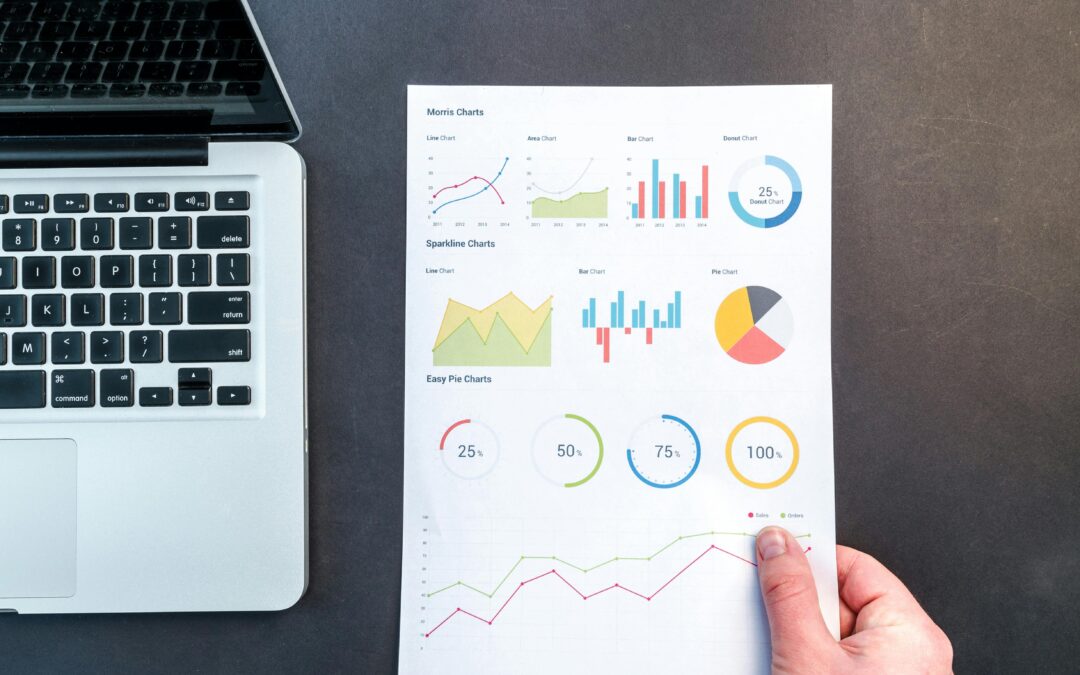As a B2B marketer, having a strong presence on LinkedIn is crucial for reaching your target audience and driving business growth. With over 700 million users, LinkedIn provides a vast platform for businesses to connect with potential customers, share their expertise, and build their brand. However, to maximize your LinkedIn marketing efforts, you need to understand your audience and optimize your content. That’s where LinkedIn analytics comes in.
(The Benefits of LinkedIn PPC Advertising for B2B Lead Generation)
What is LinkedIn Analytics?
LinkedIn analytics is a suite of tools that provides insights into your LinkedIn page performance, audience engagement, and content effectiveness. With LinkedIn analytics, you can track your page views, follower growth, and engagement metrics, such as likes, comments, and shares. This data helps you understand what’s working and what’s not, allowing you to adjust your content strategy and improve your overall LinkedIn marketing performance.
To get started with LinkedIn analytics, you need to understand the key metrics that matter. Page views, follower growth, and engagement metrics are some of the most important metrics to track. By monitoring these metrics, you can gain insights into your audience’s behavior and adjust your content strategy accordingly.
Some key metrics to focus on include:
- Page views and follower growth
- Engagement metrics, such as likes, comments, and shares
By tracking these metrics, you can gain a better understanding of your audience and create content that resonates with them. For example, if you notice that your engagement metrics are low, you may need to adjust your content to make it more compelling and relevant to your audience.
Using LinkedIn Analytics to Understand Your Audience
One of the most significant benefits of LinkedIn analytics is the ability to gain insights into your audience. By analyzing your page views, follower growth, and engagement metrics, you can understand who your audience is, what they’re interested in, and how they interact with your content. This information can help you create content that resonates with your audience and drives business growth.
For instance, you can use LinkedIn analytics to identify your most engaged audience segments and create content that speaks to their needs and interests. You can also use the data to understand the types of content that perform best with your audience, such as videos, articles, or infographics. By creating content that resonates with your audience, you can increase engagement and drive business growth.
Optimizing Your Content with LinkedIn Analytics
With LinkedIn analytics, you can optimize your content to better resonate with your audience and drive business growth. By tracking your top-performing content, you can identify the types of content that perform best with your audience and create more of it. You can also experiment with different content formats, such as videos, podcasts, or live streams, to see what works best for your audience.
To optimize your content, you need to understand what your audience is looking for. By analyzing your LinkedIn analytics data, you can gain insights into your audience’s preferences and create content that meets their needs. For example, if you notice that your audience is engaging more with video content, you can create more videos to meet their demands.
Advanced LinkedIn Analytics Features
In addition to the basic metrics, LinkedIn analytics offers advanced features that can help you gain deeper insights into your audience and content performance. These features include demographic insights, content performance, and follower insights. By leveraging these features, you can gain a more nuanced understanding of your audience and create content that resonates with them.
For example, you can use demographic insights to understand the job titles, industries, and company sizes of your audience. This information can help you create content that is tailored to their needs and interests. You can also use content performance data to track the engagement metrics of individual pieces of content and adjust your content strategy accordingly.
By using these advanced features, you can take your LinkedIn marketing efforts to the next level and drive business growth. With a deeper understanding of your audience and content performance, you can create content that resonates with your audience and drives business results.
Conclusion
Understanding LinkedIn analytics is crucial for B2B marketers looking to maximize their presence on the platform. By tracking key metrics, gaining insights into your audience, and optimizing your content, you can drive business growth and achieve your marketing goals.
If you have any questions about LinkedIn analytics or would like to learn more about how Proctor Digital can help you achieve your goals, contact us at 773-664-5819 and speak with one of our associates about developing a targeted strategy for your business to achieve the success it deserves.

